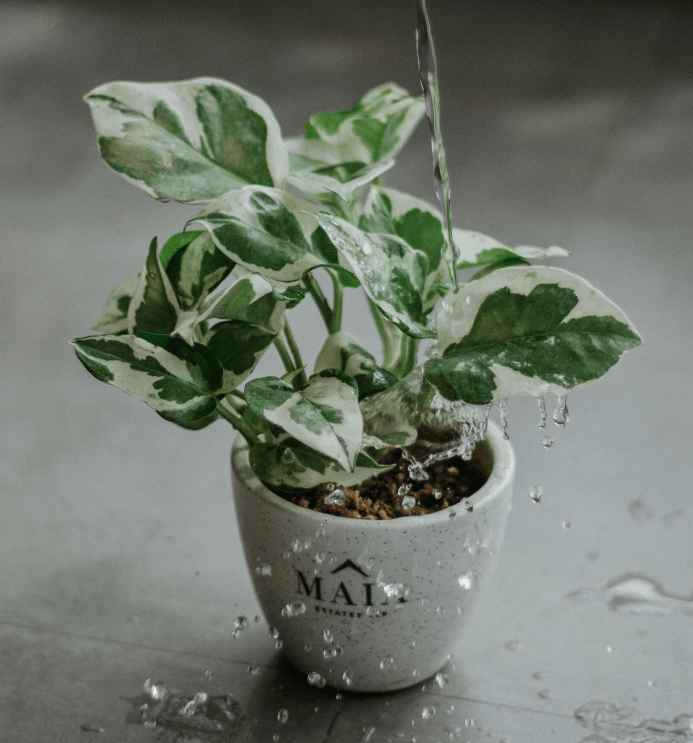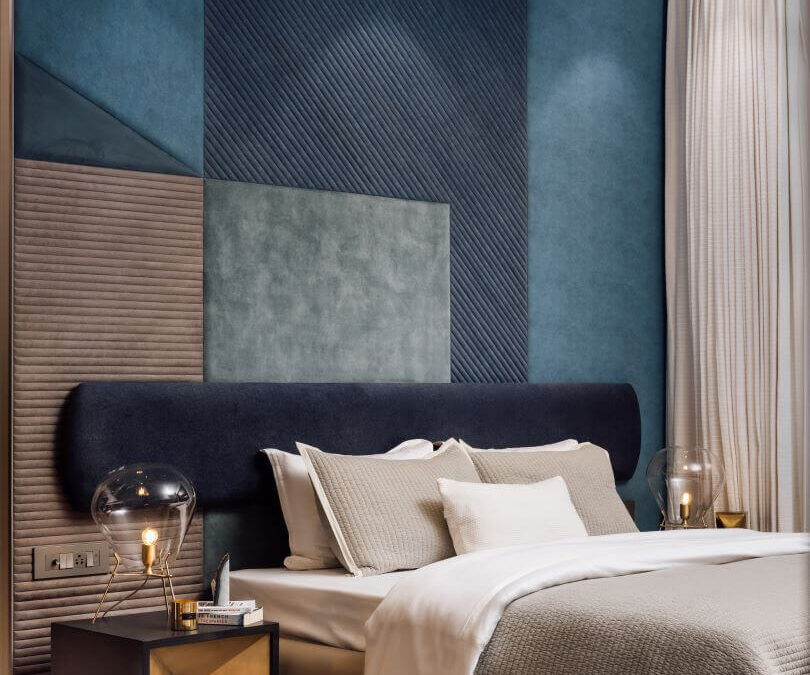To do up a space ‘tastefully’ is always the first thought that comes to mind when you want inspiration to decorate your home. Employing careful consideration in pieces that would be a manifestation of ‘good taste’ is an ever-evolving concept. As established by years of academic interest and contemplation, good taste is subjective. This, while seeming like the lazy and partially explored explanation of the topic, also turns out to be the one that is most commonly agreed upon. But how much of this subjectivity is truly subjective, and who is the tastemaker who sets the benchmark for taste itself?
Over the years good taste primarily characterized the elite, who placed a lot of importance in the truthfulness and resonance of a piece and believed that beautiful objects which were in good taste emerged in relation to how ‘artistically’ they were made. This idea, however, is contested by a more contemporary ideal of ‘the ability to recognize beauty’, rather than the state of affluence and ‘affordability’ of such pieces. From a purely aesthetic standpoint, an object that reflects good taste in terms of how much beauty it holds exists as art for the sake of its perception of beauty alone, disregarding its utilitarianism or the morality associated with its creation. A critic, or in this case, a tastemaker, does not require a definition of taste or beauty but has to simply be in possession of temperament and power to perceive and be impacted by beautiful objects.
When designing a home, the role of good taste is to serve as a likeness of one’s disposition and individuality. Concisely summarized in the words of Jason Diamond, author of ‘The Sprawl; Reconsidering the Weird American Suburbs’ “…having good taste means you care. It means you have honed your personal preferences and want something more than boring and bland.” Tastemaking in the realm of a home does not necessarily require one to appeal to the requirements of society completely as opposed to tastemakers in literature, film, or other mediums. The closed, personal space of a home requires good taste in terms of the refined personal preferences that Diamond speaks of, which inevitably could be influenced by the general zeitgeist.
Personal taste also evolves with the self and manifests itself in the elements
of the home. As one evolves, so does their sensibility towards the principle of design rather than just owning transient pieces, the prominence of functionality, and keeping with the traditions of the past, being appreciative of craftsmanship and respectful of the origins of pieces, rather than flying the banner of good taste to separate oneself from less sophisticated society, as noted by the French philosopher Pierre Bourdieu.
At MAIA, we value good taste with respect to efficient and pleasing design rather than just one transient appeal. Placing utmost importance on the timelessness and the enduring functionality of interior design, good taste to us, as subjective as it may be, is a culmination of the tenets that we hold in high regard – those of proportion, scale, and balance, along with striking choices that remain in harmony with our ideals. Keeping in line with our vision of judicious and mindful design, we believe that good taste is not solely defined by personal preferences, but rather by a balance between rational judgment and subjective emotions. It is about creating spaces that evoke a sense of exaltation and upliftment while ensuring comfort and confidence in the timeless essence of one’s soul. The objects chosen to surround and serve us reflect this harmonious blend, embodying both aesthetic appeal and practical functionality. This contemporary vision of genuine contentment of being in one’s home and being attentive to intuition rather than just aesthetics brings about good design, which undeniably is a result of good taste.


